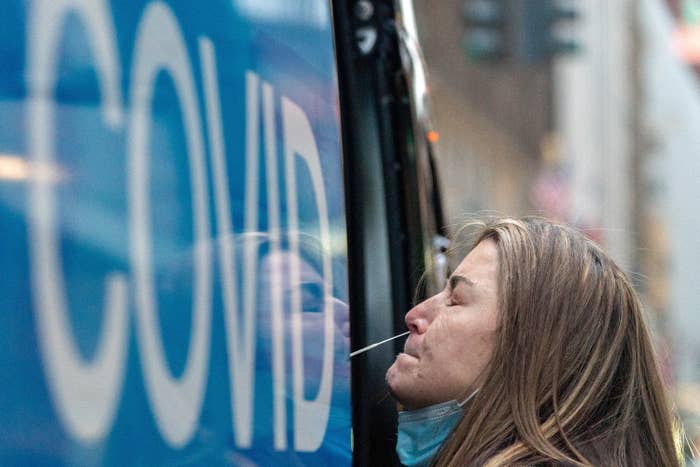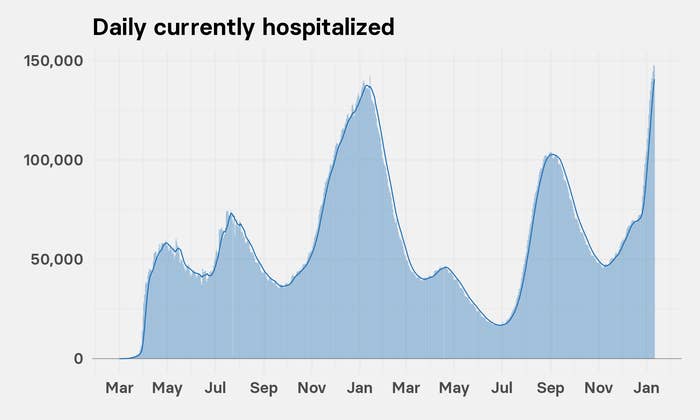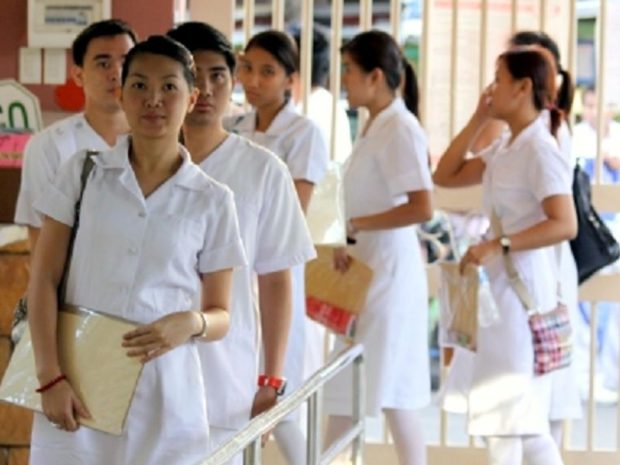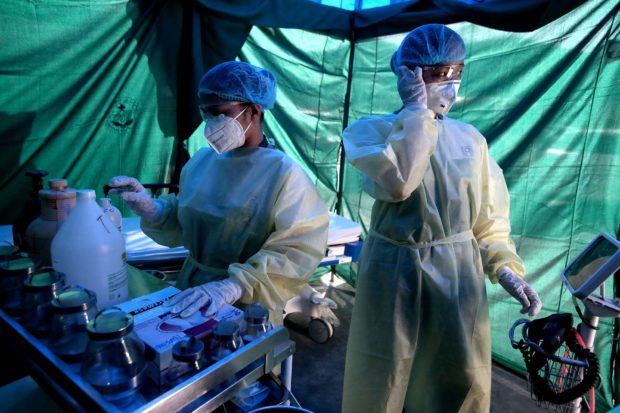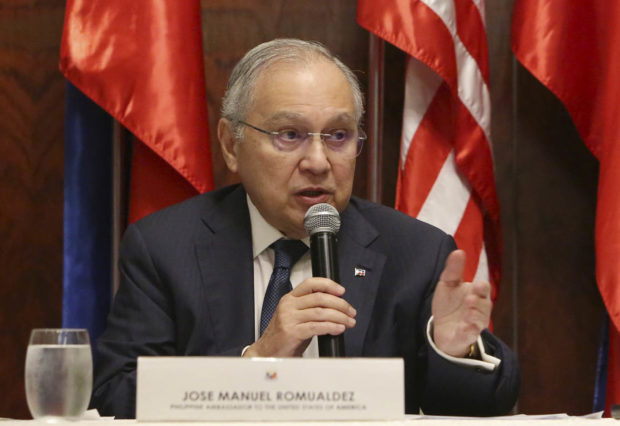The effort involved genetic engineering, an experimental drug, and cocaine
BYKELLY SERVICK

Surgeons announced this week they had performed the first transplant of a pig heart to a human. The 7 January surgery was a milestone for research on transplants between species, known as xenotransplantation. It’s still unclear how well or how long the heart will function, but researchers hope the technique can someday make up for a shortage in human organs for ailing patients.
The procedure, done by a team at the University of Maryland School of Medicine (UMSOM), was a major test for several experimental innovations designed to keep the pig heart functioning in a human chest, including 10 genetic changes in the pigs, a novel immunosuppressant given to the recipient, and a cocaine-laced solution used to incubate the heart. Here’s how science and ethical considerations informed the complex procedure.
Why did this patient get a pig heart?
The transplant recipient, 57-year-old David Bennett, had advanced heart failure and a type of arrhythmia called ventricular fibrillation. Because he had not taken steps to control his high blood pressure and other health problems, physicians at the University of Maryland Medical Center and nearby institutions deemed him ineligible for a human heart transplant, says Muhammad Mohiuddin, director of the cardiac xenotransplantation program at UMSOM. “A human organ is considered a very precious thing,” he says. “The main concern was whether to give the heart to a person who may not be able to take care of it.”
Instead, with Bennett’s consent, the UMSOM team sought a “compassionate use” authorization from the U.S. Food and Drug Administration (FDA) to give him a heart from a genetically modified pig created by Revivicor, a biotech company. Mohiuddin and colleagues have worked with pig organs provided by Revivicor for years. In 2016, they reported that pig hearts could remain healthy for more than 2 years when transplanted into a baboon's abdomen, and have since done transplants into baboons’ chests, where the hearts sustain life. In recent experiments, baboons relying on Revivicor’s pig hearts survived up to 9 months, Mohiuddin says. (Those primates died with functioning hearts after contracting lung infections unrelated to the transplant, he says.)
What genes were changed in the donor pig, and why?
Xenotransplantation risks provoking rejection, an immune response in the recipient that can cause the organ from another species to fail. A key problem is that antibodies produced by people recognize certain sugars on the surface of pig cells as foreign. “You really need to get rid of as much antibody binding as you can upfront to get the graft to survive longer,” says Joseph Tector, a transplant surgeon at the University of Miami who was not involved with the new surgery.
So, in one of its lines of engineered pigs, Revivicor knocked out three genes for enzymes that enable pig cells to synthesize those sugars.
Six tweaks were additions of human genes: two anti-inflammatory genes, two genes that promote normal blood coagulation and prevent blood vessel damage, and two other regulatory proteins that help tamp down antibody response.
A final modification removed the gene for a growth hormone receptor to reduce the chance that a pig organ, roughly matched in size to the patient’s chest, will outgrow it once implanted. In September 2021, Mohiuddin and colleagues reported that this modification reduced the growth of pig hearts transplanted into baboons—a change they expect will help prevent heart failure in people.
Were all 10 genetic changes necessary?
That’s not clear, xenotransplantation researchers say. In collaboration with Revivicor, the UMSOM team has studied baboons with progressively more genetic modifications and seen increasing longevity in the hearts. But baboon experiments are costly, and limits on the number of animals in a study make it difficult to test the effects of each modification independently. “We don’t know how much each of those genes is helping,” Mohiuddin says.
That uncertainty is “one of my reservations about this,” says Megan Sykes, a transplant immunologist at Columbia University. “We really do need to do more science … to determine which [modifications] are important and useful.” Certain changes can prove helpful in some types of transplants and harmful in others: Inserting the human anti-inflammatory gene CD47 improved outcomes of bone marrow transplants from pigs to baboons, but pig kidneys with that modification in all of their cells seem prone to inflammation and swelling, she says.
As xenotransplantation scales up to treat more people, the need for consistency might also limit the number of added human genes, Tector notes. He founded the biotech company Makana Therapeutics, acquired by Recombinetics Inc., which is preparing to launch a clinical trial of genetically engineered pig-to-human kidney transplants this year. “The level of expression from animal to animal, even when they’re clones, can be quite different,” Tector says. “If you’re a regulator … you want to say, ‘OK, this kidney is the same as that kidney.’”
Is the patient’s immune system being suppressed?
Even with the modifications to the heart, to prevent rejection, the UMSOM team is giving Bennett a strong immunosuppressant: an experimental antibody drug called KPL-404, made by Kiniksa Pharmaceuticals, Ltd.
Standard immunosuppressants used in human-to-human organ transplants aren’t effective if the immune system makes lots of antibodies against the organ, as surgeons feared would be the case with the pig heart. KPL-404 shuts down production of these antibodies by binding to a cellular receptor called CD40, suppressing the activity of antibody-producing B cells, and inhibiting their cross-talk with T cells that coordinate the immune system’s response to an invader. “The 10 [altered] genes help, but the anti-CD40 antibody, which had been my main focus throughout my career, I think is the game changer,” Mohiuddin says.
Kiniksa has been working on KPL-404 as a treatment for rheumatoid arthritis and announced positive results from a safety trial in healthy volunteers in May 2021.
How was the heart prepared for transplant?
Immune rejection aside, pig hearts transplanted into baboons seem to sputter out in a matter of days unless they’re perfused with a nutrient solution before the transplant, Mohiuddin says. The mechanisms behind the hearts’ failure are unclear, though he speculates that being deprived of blood flow and oxygen when removed from the pig chest somehow depletes the energy-producing mitochondria in the organ’s cells.
The UMSOM team relied on a method developed by Lund University surgeon Stig Steen and commercialized by the Swedish company XVIVO for storing and treating the donor heart after it’s harvested. The heart is bathed in a circulating broth that includes water, hormones such as adrenaline and cortisol—and dissolved cocaine.
How cocaine helps keep the bodiless heart healthy isn’t clear, Mohiuddin says, but its presence in the solution creates a headache when his team imports a new batch from Sweden; each shipment needs a permit from the U.S. Drug Enforcement Administration.
Will more patients get pig hearts now?
The authorization UMSOM received from FDA only applies to one patient. “There’s a chance that if we get another patient like this, we will apply for [another],” Mohiuddin says. But his team’s main goal is to advance the approach into a multicenter clinical trial. The team will have to do more tests showing long-term survival in baboons to get FDA approval for the trial, he says.
“This is not a one-off,” says Revivicor CEO David Ayares of Bennett’s surgery. “We’re going to take this all the way through to human clinical trials, and hopefully have an unlimited supply of donor organs.” The company is constructing a new clinical-grade facility for raising its pigs to meet FDA standards for such a trial, which he expects to launch by the end of 2023.




/cdn.vox-cdn.com/uploads/chorus_image/image/70381621/GettyImages_87186098_scaled.0.jpg)

